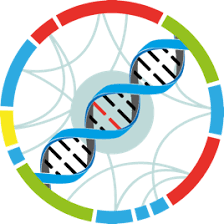Study : Setaria italica strain:Yugu1 Transcriptome or Gene expression
Identification
Name
Setaria italica strain:Yugu1 Transcriptome or Gene expression
Identifier
dXJuOkVWQS9zdHVkeS9QUkpOQTMyMTg2Mg==
Description
<